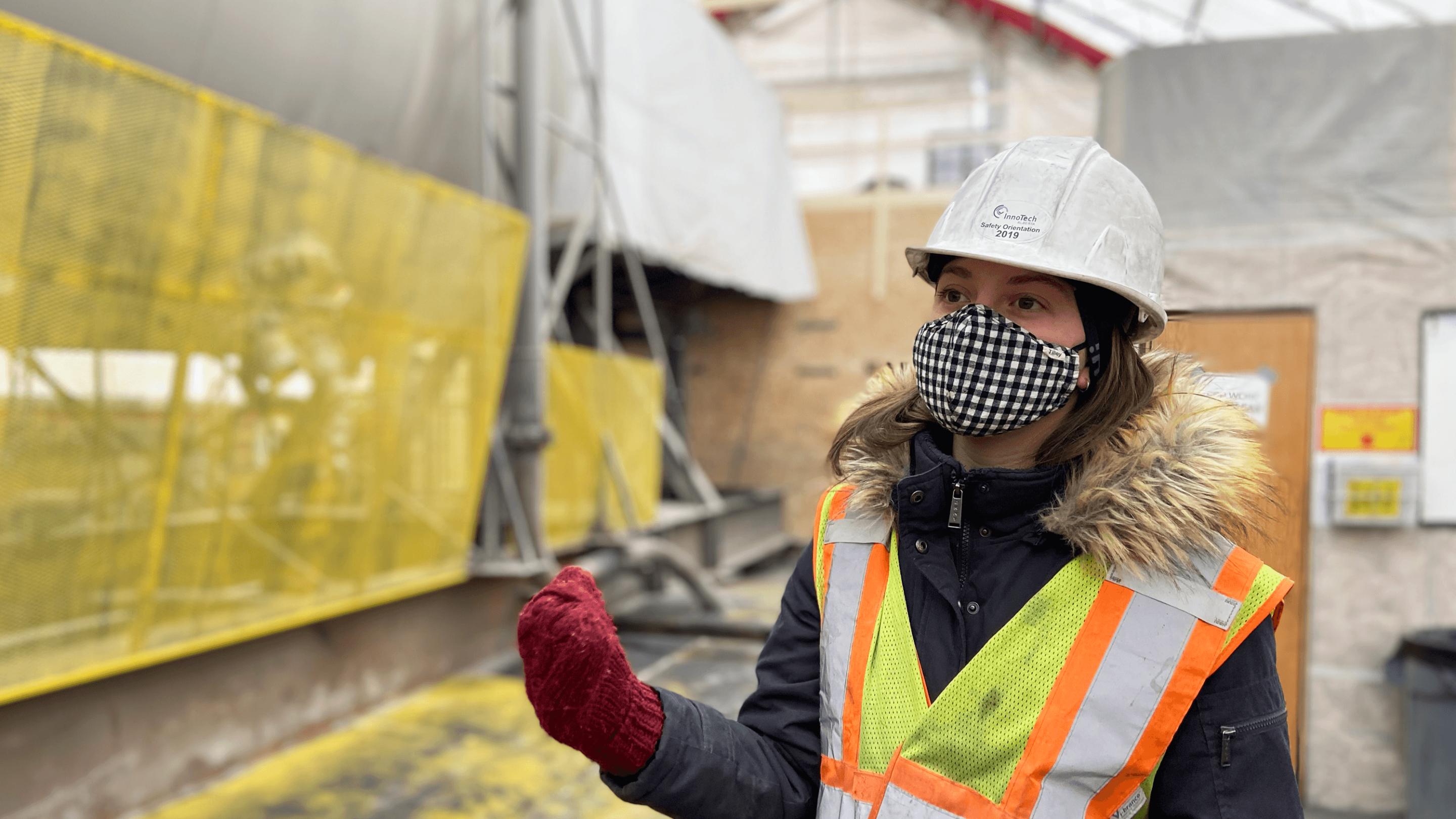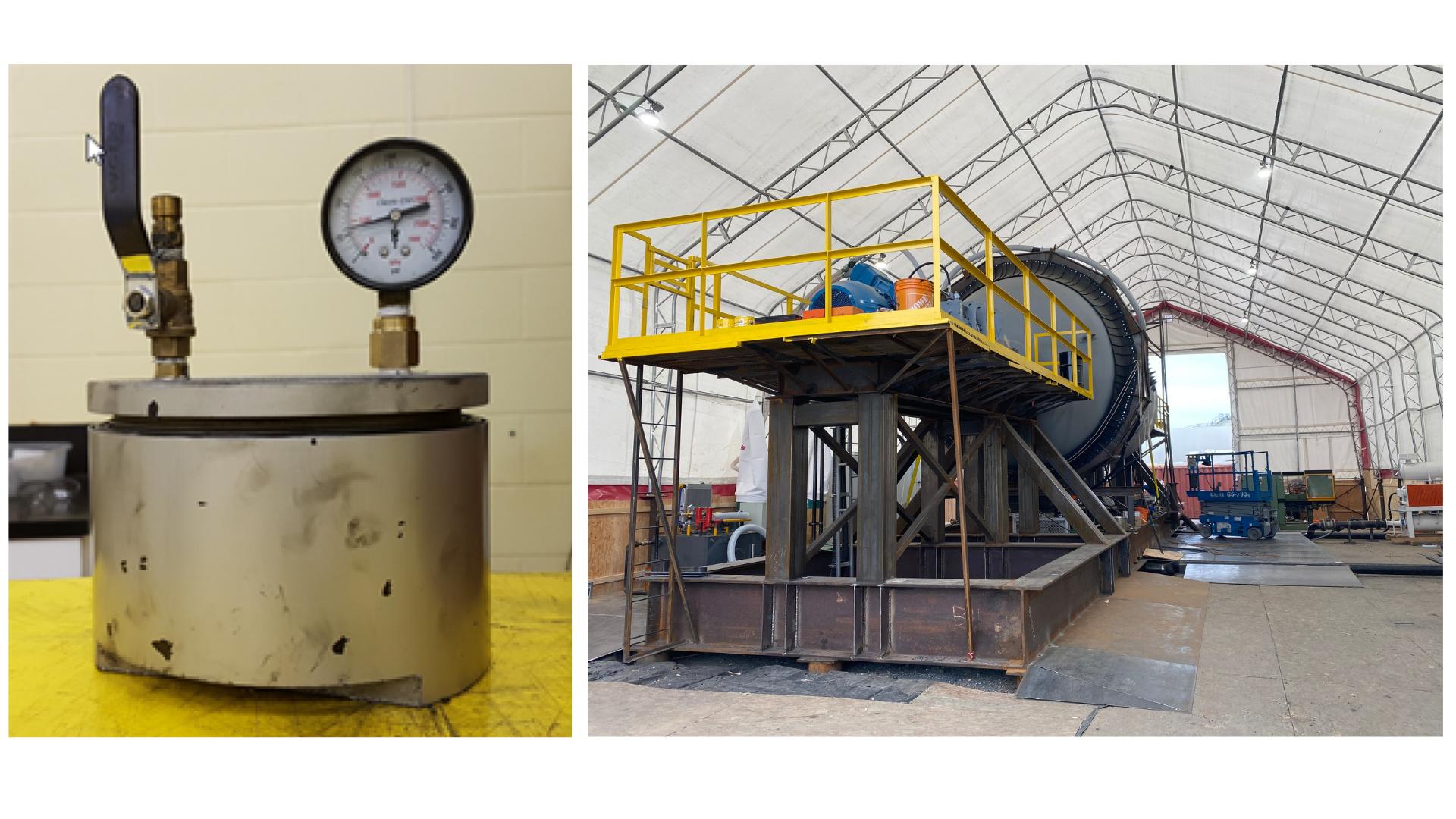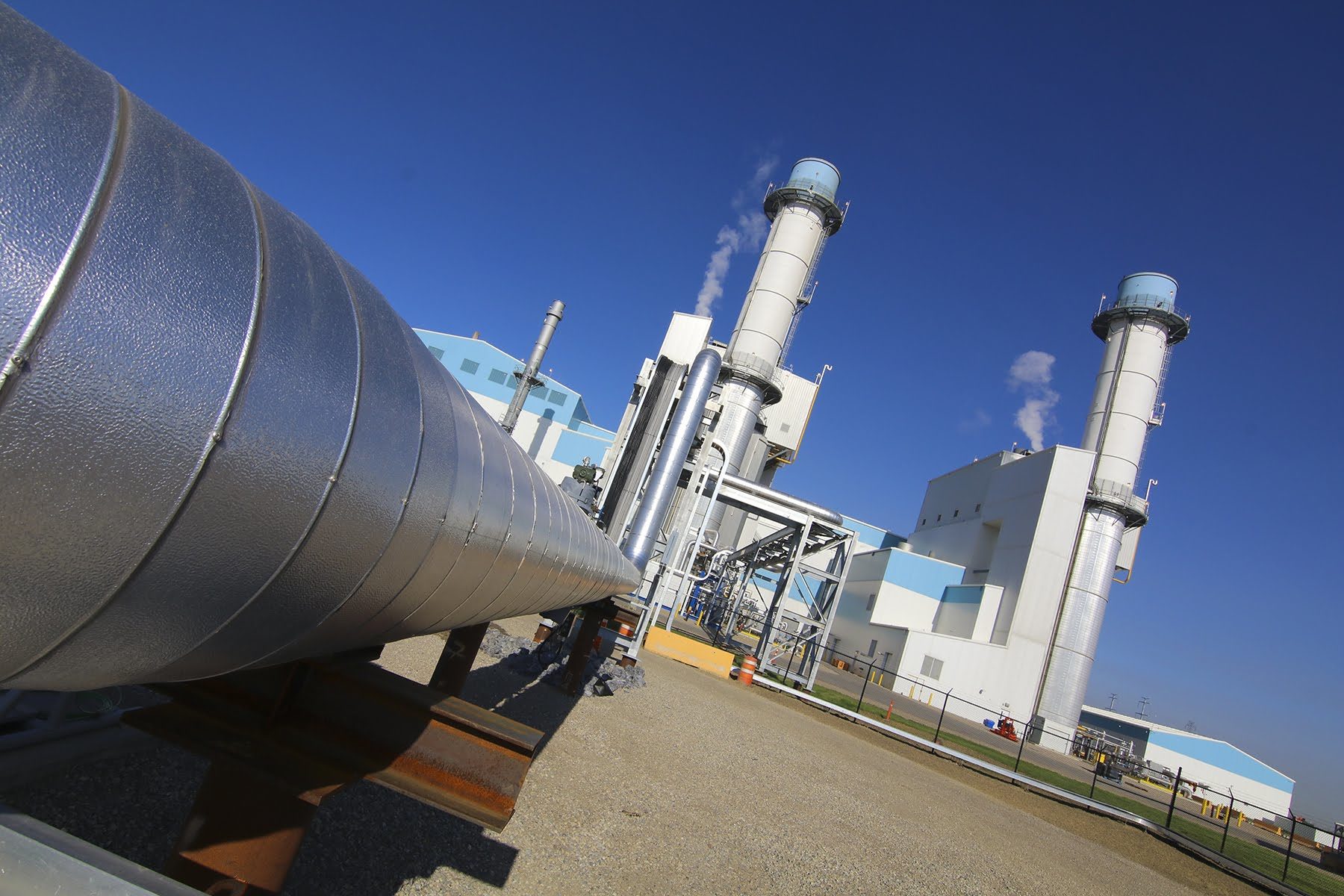XPRIZE leaves ‘Disneyland’ legacy facility for carbon tech start-ups in Alberta

The power of the NRG COSIA Carbon XPRIZE didn’t end with the announcement of the winners.
At the Alberta Carbon Conversion Technology Centre (ACCTC), which was created for Carbon XPRIZE testing, former finalists are sticking around to keep proving and improving their technologies while the facility opens its research bays to new users.
“This is one of first facilities that is in full operation that is really promoting start-ups and different companies to look at how you can use CO2. It’s been a really exciting part of working here,” says Natalie Giglio, a recent Bachelor of Commerce grad from the University of Calgary who has been working for Carbon XPRIZE finalist Carbon Upcycling Technologies (CUT) for the last year.
CUT’s technology sequesters CO2 into industrial waste by-products and turns the material into additives that can enhance a variety of end products, from concrete and plastics to pharmaceuticals and fabric.
“We started off lab-scale with a reactor the size of a cookie jar. Now we’ve scaled up over 10 million times. Within a year we’ve been able to fully commission and optimize [our process]. For a start-up going from this big to that big, it’s pretty crazy.”
Giglio is enthusiastic about CUT’s work to convert CO2 into valuable products. “We always say it’s not really an enemy. It’s an opportunity to change,” she says.
The International Energy Agency says it will be “virtually impossible” to meet global greenhouse gas emissions reduction targets without more carbon capture, utilization and storage (CCUS) technologies like CUT’s.
It’s also a substantial business opportunity. Analysts with ATB Capital Markets estimate that global CCUS investments could be in the US$375 billion to US$650 billion range by 2030 – with up to $45 billion in revenue potential for Canada.

The Carbon XPRIZE
The Carbon XPRIZE was launched by Canada’s Oil Sands Innovation Alliance (COSIA) and Texas-based utility NRG Energy in 2015. Its $20-million purse would be awarded to the teams that converted the most CO2 into products with the highest net value.
The competition was divided into two streams – a Canadian stream at the ACCTC in Calgary, where contestants worked with CO2 captured from a natural gas-fired power plant, and a U.S. stream where the CO2 was captured from a coal-fired power plant in Wyoming.
The long-awaited winners were announced on April 19. In Canada, it was Nova Scotia-based CarbonCure Technologies, and in the U.S. it was Los Angeles-based CarbonBuilt.
“Both winning teams developed solutions aimed at reducing CO2 emissions associated with traditional concrete, which is currently the world’s most abundant human-made material and accounts for seven per cent of all global CO2 emissions,” the XPRIZE Foundation said in a statement, calling the technologies “game-changers for global decarbonization and the fight against climate change.”
While Calgary-based CUT didn’t win the Carbon XPRIZE, it received an “X-Factor” award as it “created excellent products and a compelling demonstration that deserved recognition.” Operations and safety administrator Giglio says the company plans to continue working at the ACCTC for the next two years until it can set up larger facilities in North America and globally.
“This is science fiction that’s real. We’ve proven that CO2 emissions can be an asset and can be used to create products,” says COSIA chief executive Wes Jickling.
“We’re proud that it was the oil sands that took the initiative and gave it the big shove, and here we are with the first generation of those technologies done.”
Jickling says it wasn’t intentional that the Carbon XPRIZE winners were announced the same day as Canada’s 2021 federal budget, which includes proposed measures to stimulate CCUS development.
CCUS has been attracting increasing attention, including earlier this spring the governments of Canada and Alberta launching the Alberta-Canada CCUS Steering Committee. This is intended to leverage Alberta’s early CCUS leadership to advance adoption of CCUS technologies.

‘Disneyland’ at the ACCTC
Jickling says the main challenge for start-ups looking to tackle carbon conversion is that they can’t set up just anywhere.
“Apple and Google and all these things started in the garage, but you can’t do that with carbon conversion technology. You need somewhere to plug and play; to plug it in, get the pure stream of CO2 off the back of a natural gas plant, generate data and test your technology,” he says.
Enter the ACCTC, which is owned by InnoTech Alberta and was built with $20 million in federal and provincial funding. It opened to Carbon XPRIZE finalists in June 2018, and its lease is set to run until 2027.
“That’s one of the legacies of this competition – we have that now. We had five exciting finalists and we have a grand prize winner, but what’s left behind is something that other entrepreneurs and other innovators can really use,” Jickling says.
The facility includes five 25,000 square foot research test bays and an amine-based carbon capture unit. It is live connected to the Shepard Energy Centre in southeast Calgary, the largest natural gas-fired power plant in Alberta.
“I call it a Disneyland for scientists and technology developers because we have everything ready for them from having all the permits in place, access to the flue gas, [and] access to the utilities. All they need is to bring their idea on the whiteboard, and we provide everything ready for them,” says ACCTC site manager Aref Najafi.
“They have everything they need to demonstrate their technology and de-risk. In the meantime, they have a platform and stage to demonstrate their technology firsthand to clients, including the large industrial emitters in Alberta.”
Share This:





 CDN NEWS |
CDN NEWS |  US NEWS
US NEWS 



































COMMENTARY: Workers Must Be Part of the Energy Transition – Resource Works